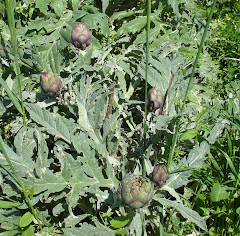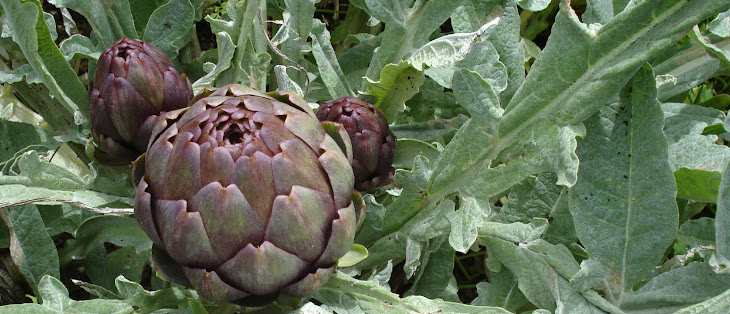Last year on this day we walked to the garden, having bought nothing but bread that morning. Today we did the same, although we also bought some ham for our lunch before we went. This day isn’t about essential food shopping, though, but about refusing the desperate celebration of consumerism that can happen at this time of the year. There are more details on the Buy Nothing Day website. The main aim of this day is to encourage us think about what we consume and spend, as the website explains:
Buy Nothing Day highlights the environmental and ethical consequences of shopping. The developed countries - only 20% of the world population - are consuming over 80% of the earth's natural resources, causing a disproportionate level of environmental damage and an unfair distribution of wealth.
Our garden is about ten minutes’ walk from our house, on a hillside above the village in a group of gardens which have been there for centuries. In the centre of the village where we live the houses are too close together for there to be room for gardens. The oldest parts of the village date back a thousand years and it was built on the defensive circulade pattern with very narrow streets. The distance from the village means that the garden is very peaceful (until they start building the new houses nearby next year) and we benefit from two groups of neighbours – those at the garden and those near our house.
 |  |  |
The main road looks bare now that the plane trees on one side have been cut down, but the remaining trees look beautiful against the blue sky and the old walls are still there, although tumbling slowly.
 |  |
The path to the garden …
 |  |  |
the garden at the end of November.
 |  A picnic lunch and a coffee with a long shadow at this time of year. |
Wintry light and ripening olives
 |  |
Harvesting and clearing
Broad beans and peas
 |  |  Broad beans, Spanish habas, mangetout peas and a second sowing of broad beans |
The way home
 |  past some of the other gardens |  |
 |  | and back through the narrow old streets of the village. |










































